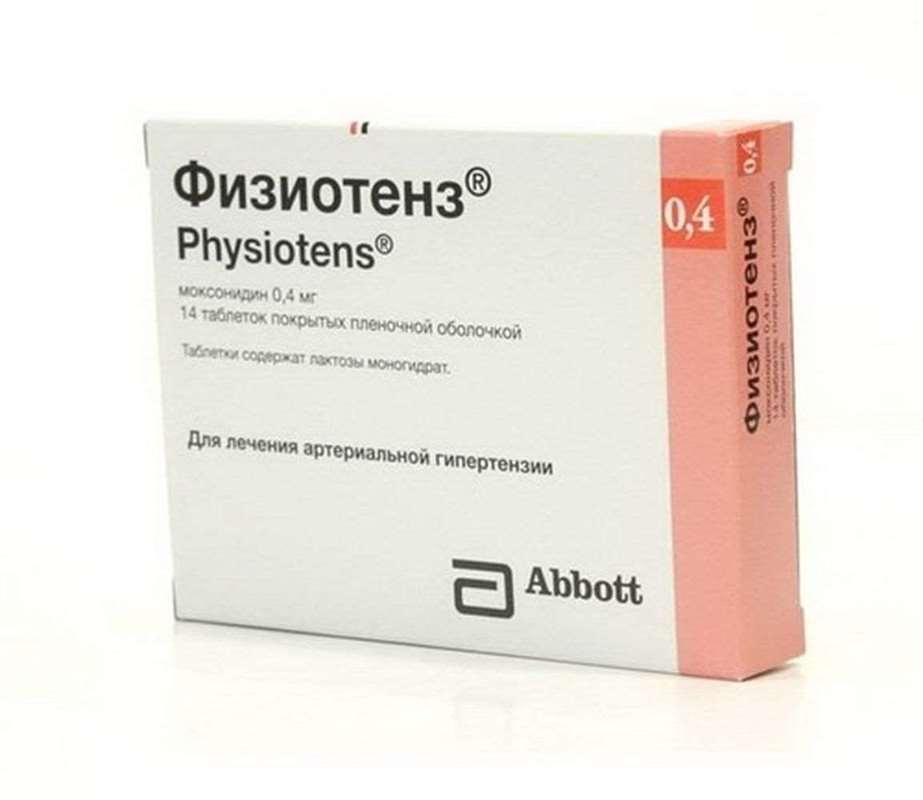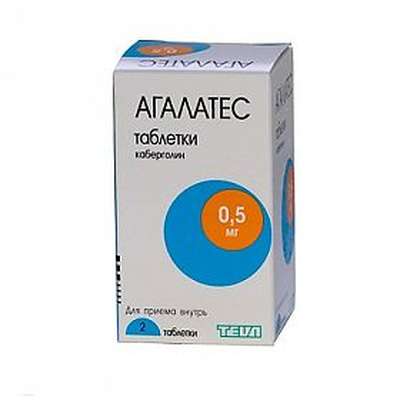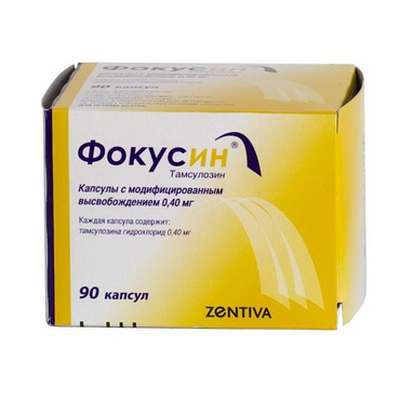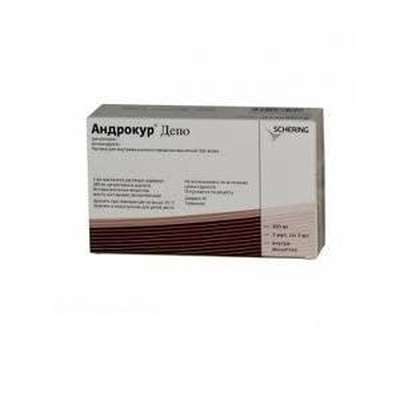Physiotens (Moxonidine, Moxonidinum) - hypotensive drug.
Physiotens (Moxonidine, Moxonidinum) - selective imidazoline receptor agonists responsible for the tonic and reflex control of the sympathetic nervous system (localized to Venter-lateral medulla). Reduces insulin resistance of tissues, stimulates the release of growth hormone. It does not affect glucose metabolism and lipid.
Pharmachologic effect:
Pharmacodynamics
Moxonidine is an antihypertensive agent with a central mechanism of action. The stem structures of the brain (rostral layer of the lateral ventricles) moxonidine selectively stimulate imidazoline-sensitive receptors are involved in the tonic and reflex regulation of the sympathetic nervous system. Stimulation of the imidazoline receptors reduces peripheral sympathetic activity and blood pressure (BP).
Moxonidine differs from other sympatholytic antihypertensives lower affinity for the a2-adrenergic receptors, which explains the lower probability of sedation and dry mouth.
Moxonidine leads to a reduction in systemic vascular resistance and blood pressure. The hypotensive effect of moxonidine confirmed in double-blind, placebo-controlled, randomized studies.
Moxonidine 21% improves insulin sensitivity index (compared to placebo) in obese patients, insulinrezistentnostnostyu to moderate hypertension.
The main metabolite - dehydrogenated moxonidine. Pharmacodynamic Activity dehydrogenated moxonidine - about 10% as compared with moxonidine.
Selectively interacting with I1-imidazoline receptors located in the brain stem, reduces sympathetic activity.
Moxonidine has high affinity for imidazoline I1-receptor binds only marginally and with the central alpha2-adrenoceptors by interaction with that explained dry mouth and sedation.
It reduces the resistance of tissues to insulin.
Effect on hemodynamics: reduction of systolic and diastolic blood pressure in the single and long-term treatment is associated with a decrease of moxonidine pressor action on the sympathetic peripheral vessels, reduced peripheral vascular resistance, while the cardiac output and heart rate did not significantly change.
Indications Physiotens drug:
- Arterial hypertension.
Suggested Use:
Inside, regardless of meals, the initial dose (in most cases) - 0.2 mg per day; the maximum daily dose - 0.6 mg (divided into 2 admission); maximum single dose - 0.4 mg;
in renal failure (Cl creatinine 30-60 ml / min) and in patients on hemodialysis, a single dose - 0.2 mg, the maximum daily - 0.4 mg.
Special instructions:
If necessary, cancel both received beta-blockers and Physiotens first cancel beta-blockers, and only a few days - Physiotens. During treatment requires regular monitoring of blood pressure, heart rate, ECG. Stop receiving Physiotens should gradually. Patients with rare hereditary disorders of galactose intolerance, lactase deficiency or glucose-galactose malabsorption should not take this drug.
Data on adverse effects of Moxonidine on the ability to drive a car and to the engines and there are no management mechanisms. There are reports of drowsiness and dizziness during treatment with Moxonidine. This should be considered when performing the above operations.
Packaging:
- Comes in original packaging. Item is brand new and unopened.
Storage:
- Keep away from direct sunlight.
- Keep locked and away from children.
- Store in dry place at room temperature.
- Do not exceed storage temperature higher than 25 C
Important notice- the outer box design may vary before prior notice!

 Cart
Cart





